Water world: A look at 5 reservoirs in Singapore
Sign up now: Get ST's newsletters delivered to your inbox

The MacRitchie Reservoir is a popular destination for those who seek peace and quiet.
ST PHOTO: KUA CHEE SIONG
Follow topic:
SINGAPORE - Water levels in the Linggiu Reservoir in Johor which can supply up to 60 per cent of Singapore's water needs, are hovering just above the historical low of 41 per cent. The prolonged dry spell in Singapore and Malaysia last year is causing water levels to recede.
Singapore has four sources of water: local catchment, imported, Newater and desalinated water.
Local catchment water involves collecting rainwater on a large scale. With the addition of the Punggol and Serangoon Reservoirs in 2011, Singapore now has a catchment area that spans two-thirds of the land surface. A catchment refers to the area from which rainfall flows into a reservoir, through a network of drains, canals, rivers and stormwater collection ponds.
Singapore has been importing water from Johor under two bilateral agreements, the first signed in October 1961 and expired in August 2011. Under the second agreement signed in September 1962, Singapore will receive a maximum of 250 million gallons of water a day from the Johor River until 2061.
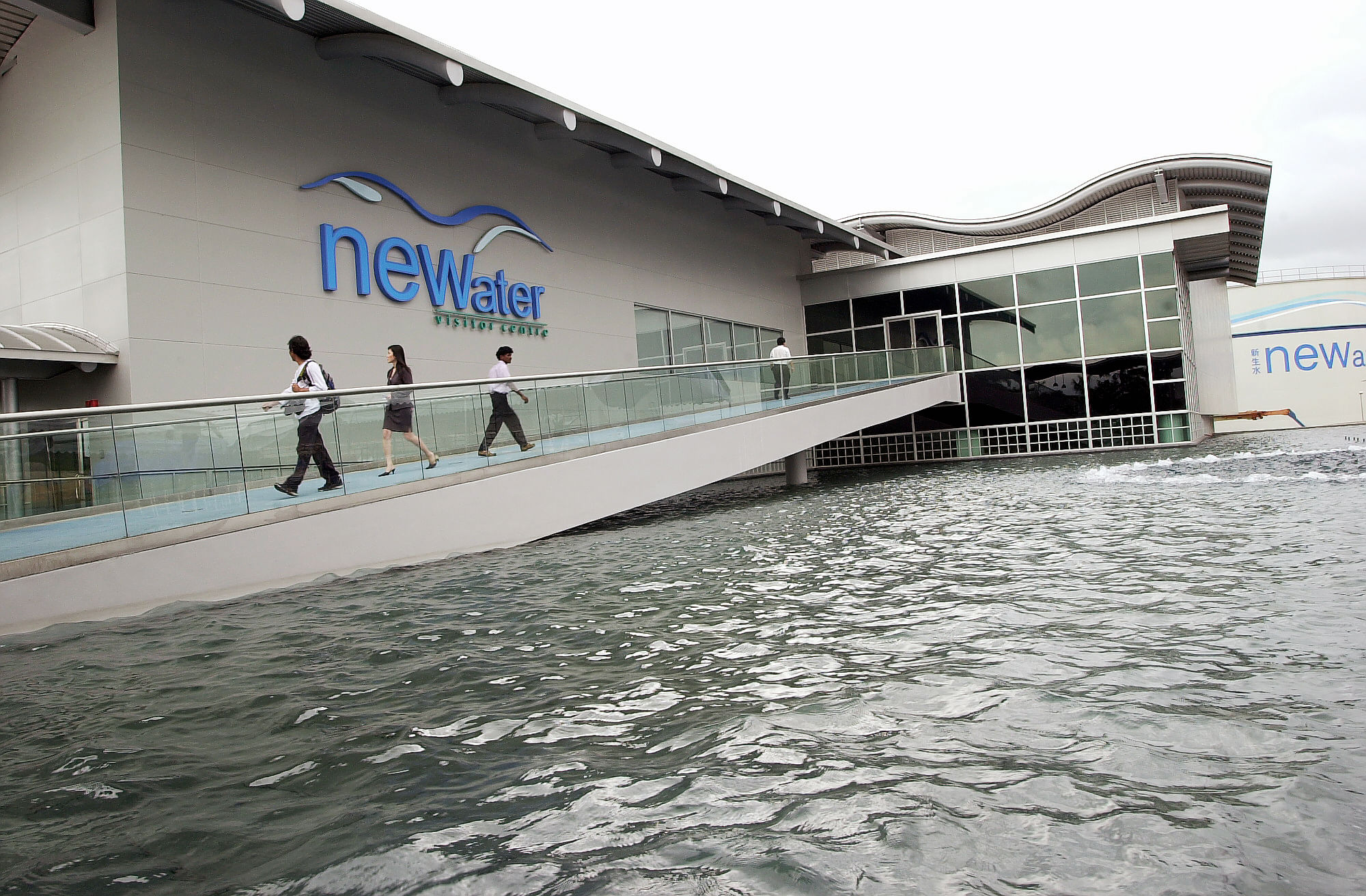
Newater is high-grade reclaimed water that undergoes many rounds of treatment with advanced membrane technologies and ultra-violet disinfection until it is potable.
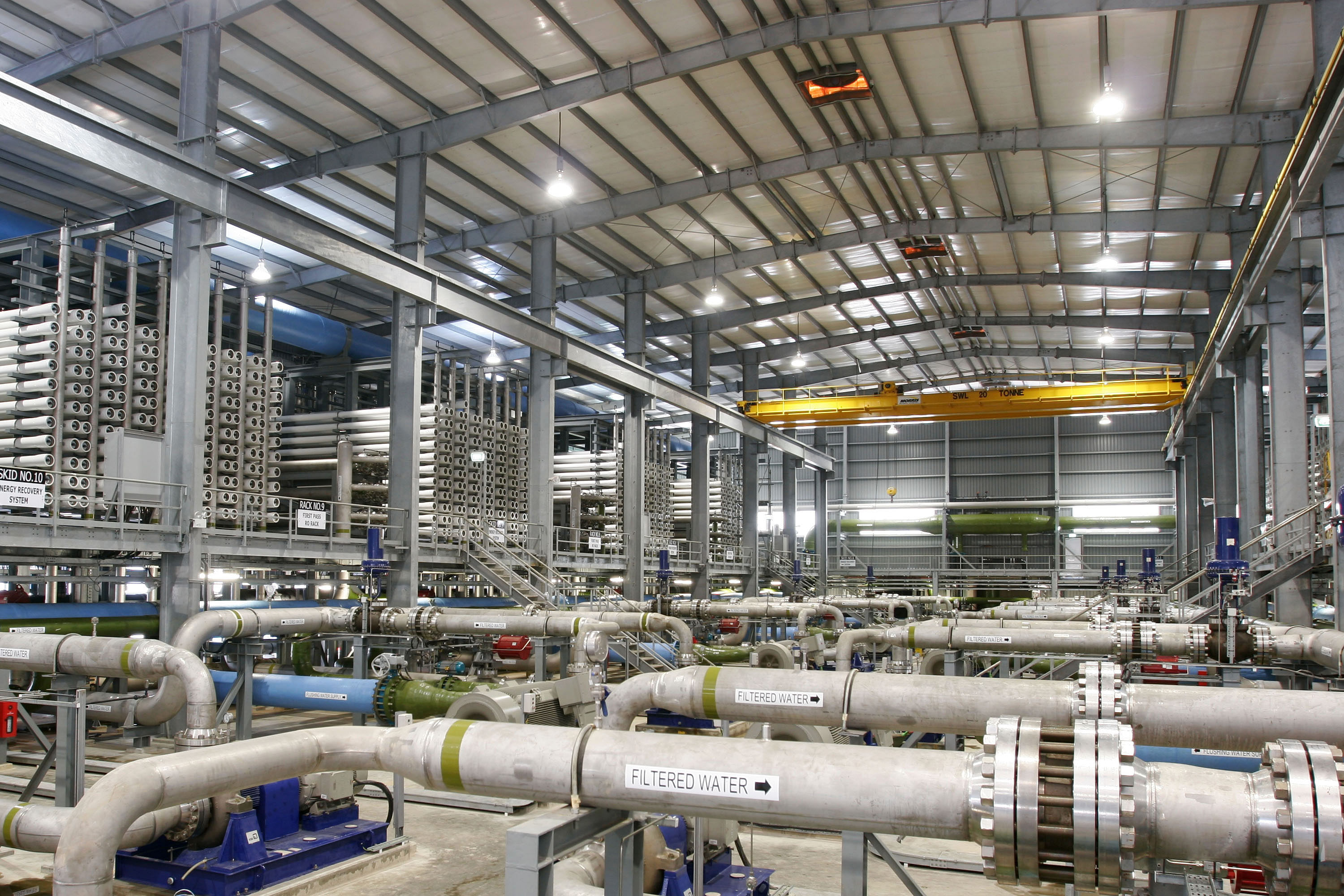
Desalinated water uses reverse-osmosis to treat the water at two desalination plants. The SingSpring Desalination Plant and Tuaspring Desalination Plant can meet up to a quarter of Singapore's current water demand.
PUB has been pumping an average of 16 mgd of Newater a day for the month of March to local reservoirs, to ensure that Singapore's water needs are met, even in the case of a water disruption.
In honour of World Water Day on March 22, we look at five of Singapore's 17 reservoirs.
1. Marina Reservoir
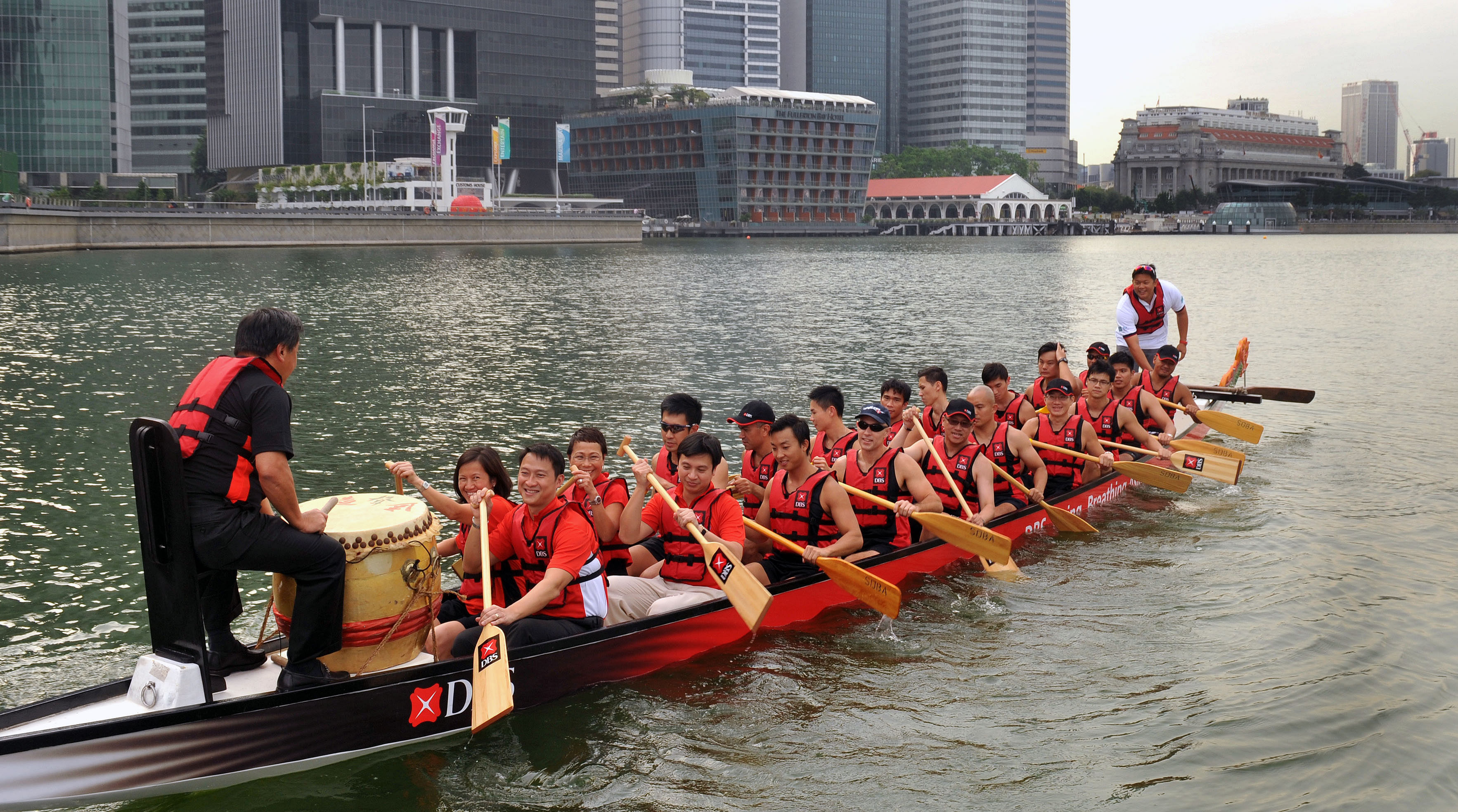
Did you know: Singapore's founding Prime Minister Lee Kuan Yew suggested building a dam across the mouth of Marina Channel to create a reservoir in 1987. This engineering feat was not possible until recent technological advances turned the idea into reality. The reservoir was officially opened on Oct, 31, 2008.
Marina Reservoir is the only reservoir located in the centre of the city.
It is also the largest reservoir, with a catchment area of 10,000ha, or one-sixth the size of Singapore.
What's in the works: The Urban Redevelopment Authority's (URA) Draft Master Plan 2013 exhibition included proposals for the Greater Southern Waterfront, which will be a seamless extension of the city and open up new live-work-play opportunities. Also in the proposal is a new reservoir to be created between Tanjong Pagar and Pulau Brani which will collect excess water that is now released into the sea from Marina Reservoir.
What to do there: The Marina Barrage building, the permanent structure that is connected to the dam, features a Sustainable Singapore Gallery (SSG), comprising six sections showcasing Singapore's ongoing efforts to create a sustainable environment.
One of the sections features a wall constructed solely out of Newater bottles. An innovative model in another section demonstrates how the barrage works.
Take time to explore the Arts Trail, home to many artworks, including a sculpture called Gold Flow, which is a gift from Vienna to Singapore.
The reservoir also sees host fun activities ranging from dragon boating to fishing in the designated areas.
2. Upper Seletar Reservoir
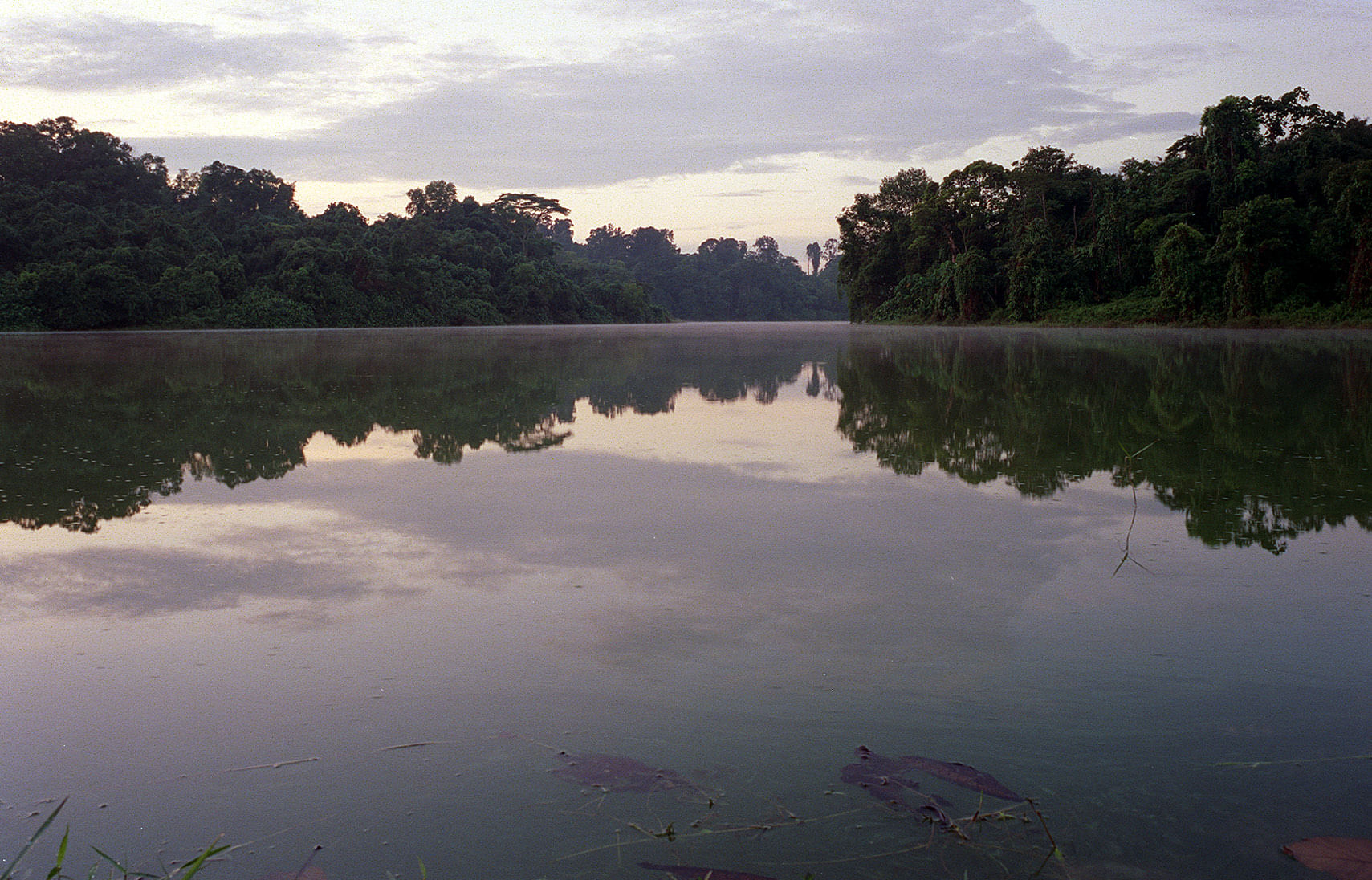
Did you know: The Upper Seletar Reservoir, then known as the Seletar Reservoir, was officially opened on Aug 10, 1969, the year the space exploration craze reached a peak with the Apollo 11 mission to the moon. An iconic "space age rocket" tower was constructed by the Public Works Department to mark the opening.
What to do there: The park is a good place for spotting wild creatures like the resident long-tailed macaques. But refrain from exposing food and drinks in their presence to avoid being bitten.
3. Bedok Reservoir
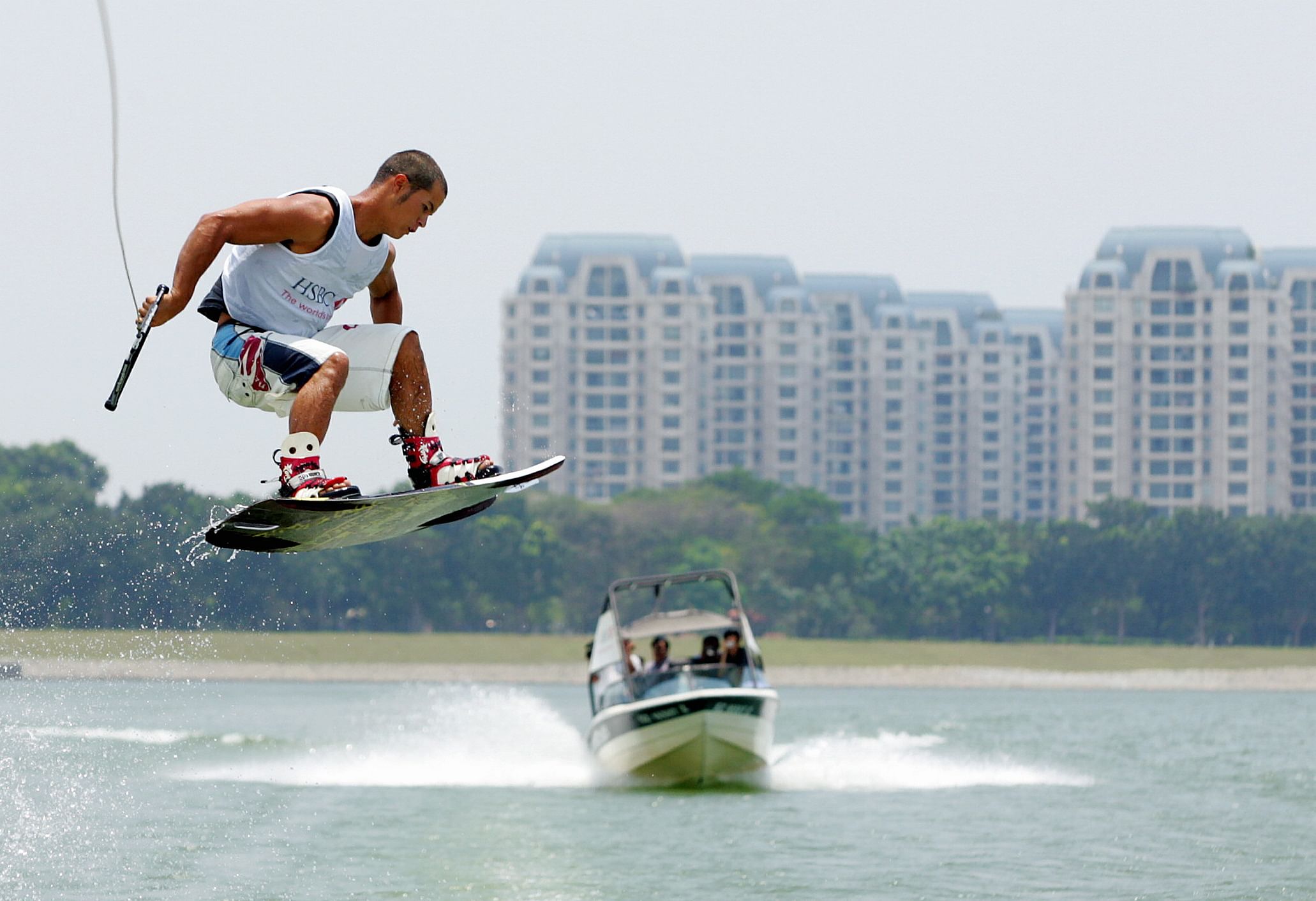
Did you know: Located in the east of Singapore, Bedok Reservoir was completed in 1986. Once a sand quarry, it was transformed into a reservoir under the Sungei Seletar-Bedok Water Scheme to meet the demand for fresh water.
What to do there: The Forest Adventure, Singapore's first treetop obstacle course, involves climbing across ladders, trapezes, nets, bridges and swings. A family-friendly version, the Kids Course, is also available for children aged five to 10.
The reservoir is also popular with waterskiing and wakeboarding enthusiasts.
4. Lower Peirce Reservoir
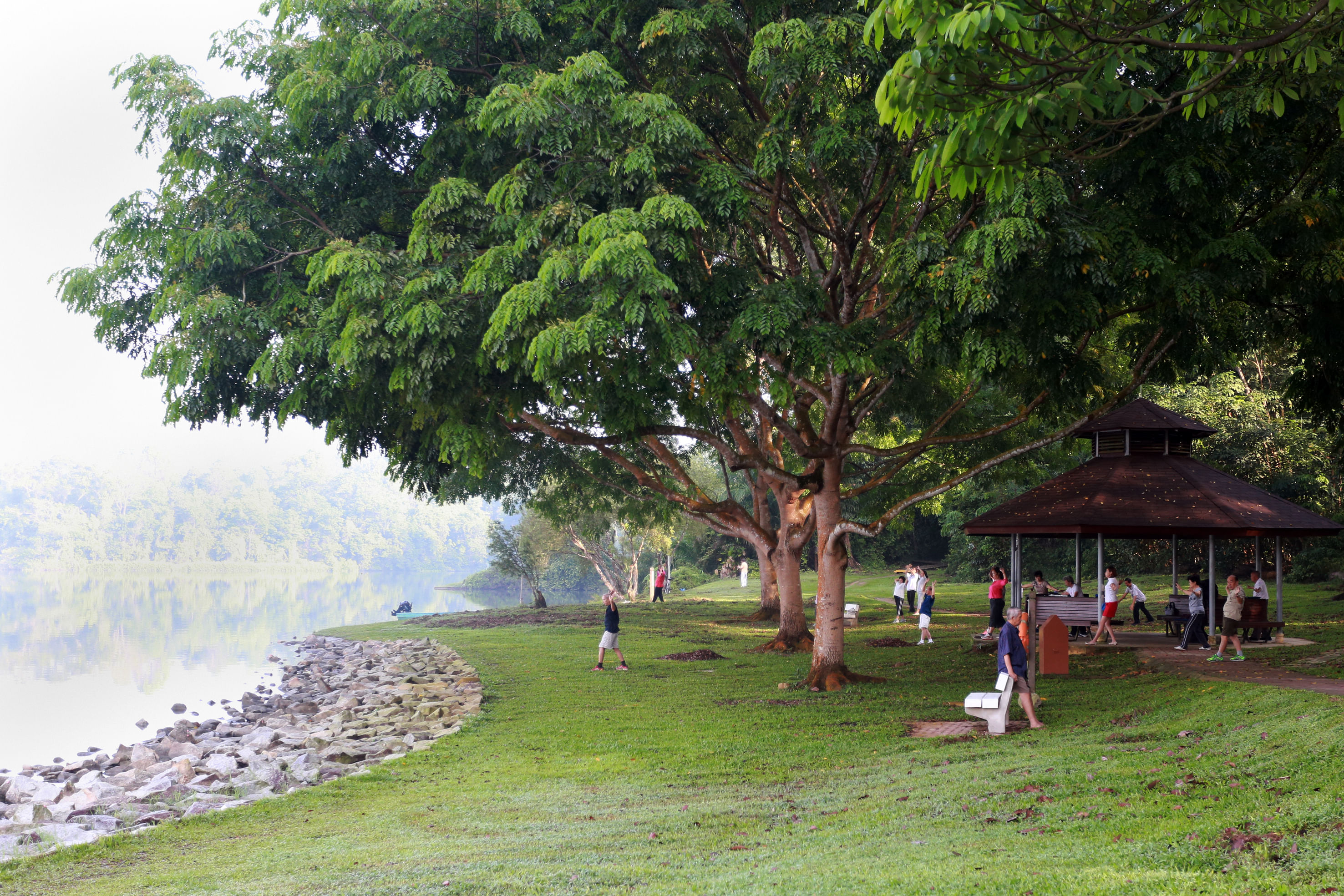
Did you know: The Lower Peirce Reservoir, Singapore's second oldest reservoir, was officially opened on March 26, 1912.
The forest surrounding its banks is a mature secondary rainforest containing rubber trees and oil palms. These crops were once abundant in the 19th and early 20th century, when plantation agriculture was common in Singapore.
What to do there: The park is a good place for walks among trees that are more than 100 years old.
5. MacRitchie Reservoir
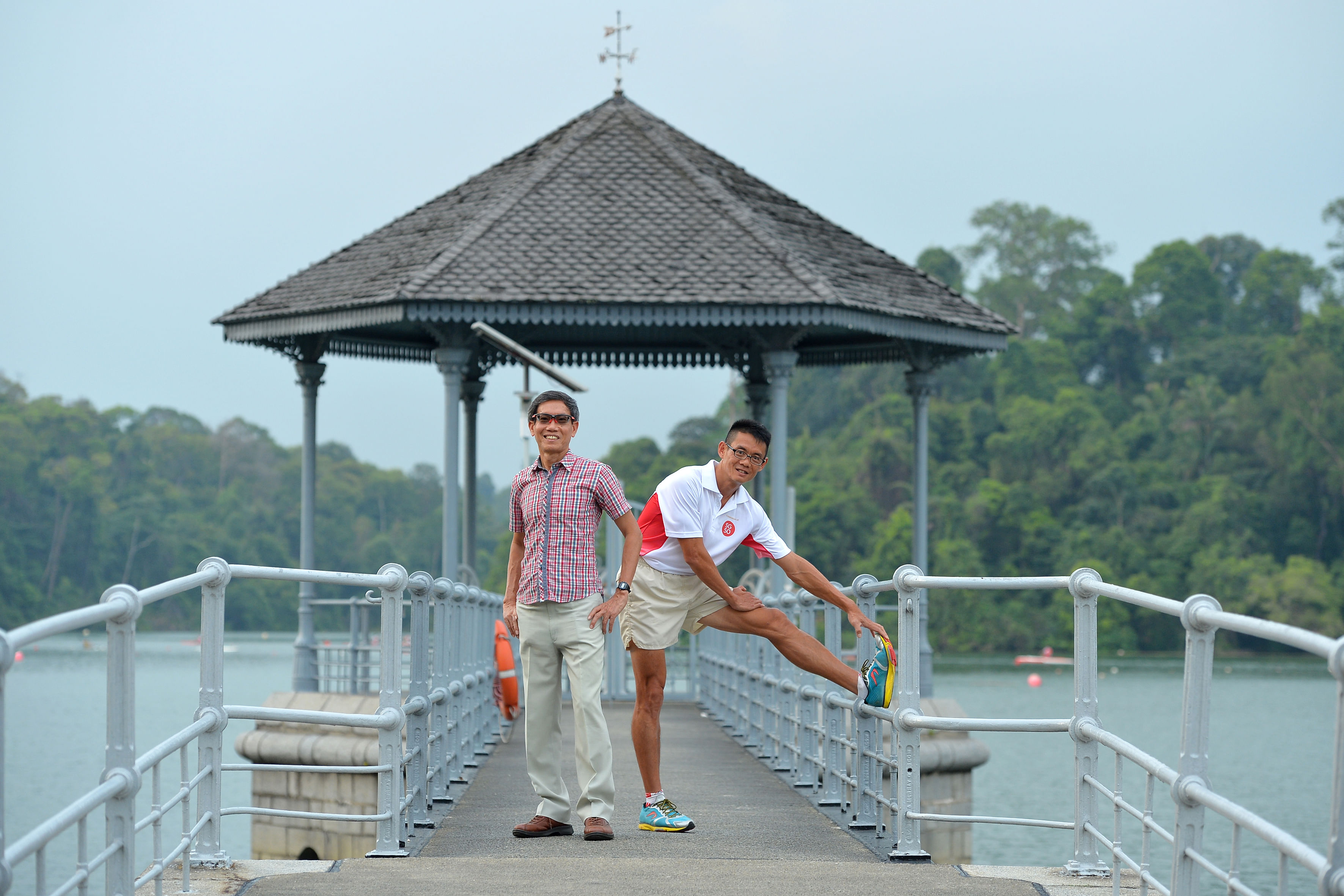
Did you know: Singapore's oldest reservoir was constructed in 1867, with the funding of philanthropist Tan Kim Seng. The reservoir was named after James MacRitchie, the municipal engineer who designed and built it.
What's in the works: The proposed alignment of the Cross Island MRT Line could run through the Central Catchment Nature Reserve (CCNR), which the MacRitchie Reservoir is a part of. This could potentially harm at least 413 species of plants, 218 species of birds, 30 mammals, 24 freshwater fish species and 17 species of amphibians that can be found in the reserve.
What to do there: The reservoir is a favourite among nature lovers, joggers and people just looking for peace and quiet among the greenery. Canoeists and cross-country runners often conduct their training sessions at the reservoir.
A March For MacRitchie movement was formed by nature lovers to raise awareness about the Cross Island Line and the biodiversity in the nature reserve. The group organises green activities such as the Petai Trail Walk on March 27, which is already fully subscribed. Go to https://lovemacritchie.wordpress.com/ to learn more about the movement.
MacRitchie is one of the reservoirs with The Active, Beautiful, Clean Waters (ABC Waters) Learning Trail, which is an activity-based tour to teach students about water resources and sustainability efforts.
Lower Secondary students can explore key ABC Waters sites and immerse themselves in the Singapore Water Story.
Source: Public Utilities Board (PUB), National Library Board (NLB), Urban Redevelopment Authority (URA), Forest Adventure, National Parks Board (NParks), National Archives of Singapore, Love Our MacRitchie Forest

